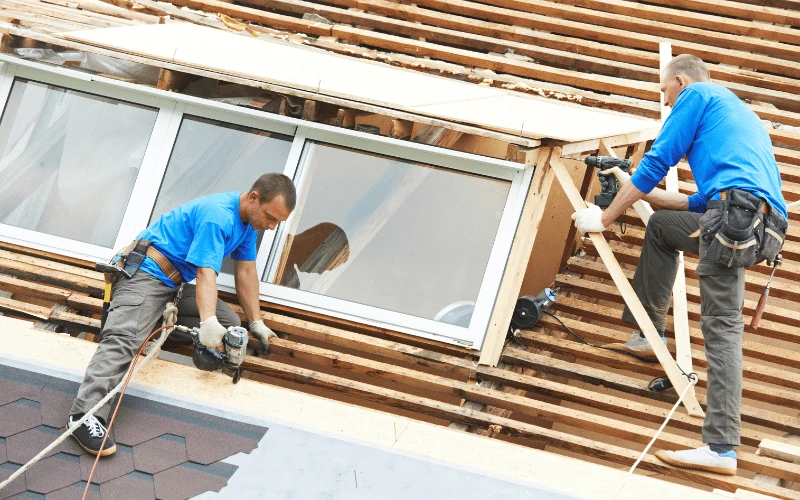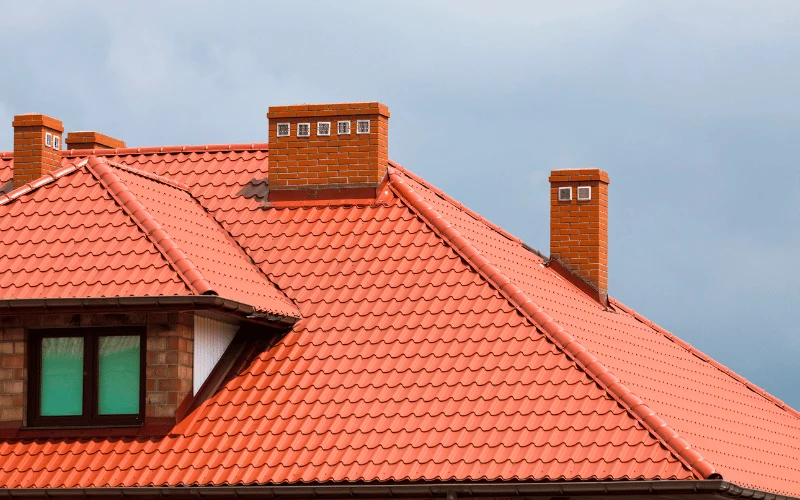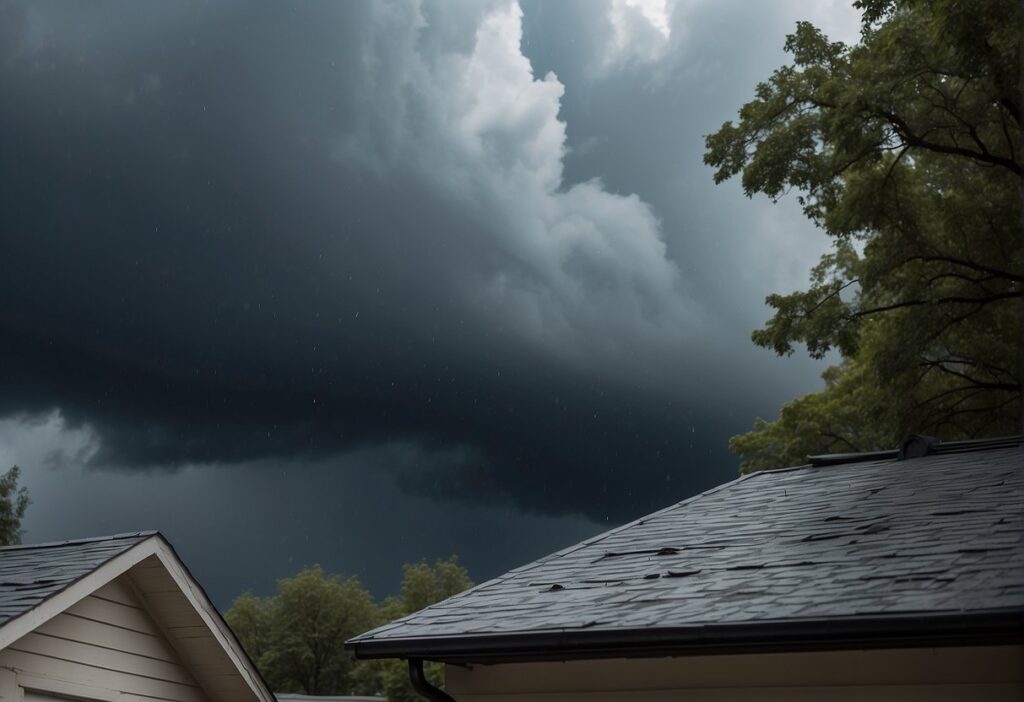Roofing has served as a fundamental component of shelter for as long as humans have constructed homes.
It is not just a critical aspect of a building’s structure, but also a reflection of technological progress and cultural growth.
Our journey from using natural resources like straw and wood to creating sophisticated materials reflects human ingenuity and the desire to improve living conditions.
Today’s roofing materials offer homeowners improved safety, efficiency, and sustainability.
Our team at Verato Roofing Company Pensacola is committed to being at the forefront of this evolution, ensuring the best possible solutions for modern construction needs.

The historical development of roofing materials is a testament to the advances in construction technology over millennia.
Beginning with natural materials such as thatch, societies moved to more durable and protective materials like clay tiles in regions with abundant clay resources.
This progression continued over time with the introduction of metal roofing and synthetic materials. Each evolution in roofing has offered greater resilience against the elements and has met the changing aesthetic preferences of homeowners.
Presently, the shift towards integrating green technologies such as solar tiles into roofing is not just a trend but a necessity for energy efficiency and environmental stewardship.
These contemporary solutions, which our company offers, represent the latest in a long line of innovations aimed at maximizing the performance and sustainability of our shelters.
These trends in roofing advancement are likely to continue, driven by a combination of environmental concerns and technological advancements, ensuring future roofs will be even smarter and more ecologically responsible.
Key Takeaways
- Roofing evolution reflects progress in human ingenuity and the quest for improved living conditions.
- Advances in materials have moved from natural options to more durable solutions like clay tiles and modern synthetics.
- Current trends focus on environmental sustainability and energy efficiency, with solar technology leading the way.
Historical Development of Roofing Materials
In tracing the evolution of roofing materials, we observe a transformation from natural to engineered solutions, adapting to environmental, economic, and technological changes over time.
Ancient Roofing: Clay, Straw, and Wood
Ancient civilizations ingeniously utilized natural resources to construct protective shelters.
Advanced civilizations like the Greeks and Romans first molded and baked clay tiles in the sun, making them one of the oldest roofing materials ever discovered.
Thatch, made of straw or reeds, was common for its availability and simplicity, often used in rural areas across Europe and Asia. Less durable but widely used, wood played a crucial role, with wooden shingles appearing as early as the 3rd millennium BC.
Advancements from the Middle Ages to the Industrial Revolution
Moving into the Middle Ages, stonework and improved clay tiles emerged, reflecting significant advancements in roofing.
After the Industrial Revolution, access to materials expanded. Mass-produced slate and metal roofing entered the market, offering enhanced durability.
Asbestos was introduced for its resistance to fire and heat, although later discontinued due to health hazards. The advent of asphalt shingles in the early 1900s represented a paradigm shift, providing affordability and ease of installation.
Modern Roofing: Innovation and Technology Integration
The roofing industry today is characterized by innovative materials and technology integration.
Fiberglass shingles are prevalent for their lightweight and fire-resistant properties. Concrete tiles and green roofing systems cater to sustainability concerns.
Vying for the pinnacle of innovation are solar tiles, representing a seamless blend of energy efficiency and aesthetics.
Here at Verato Roofing Company Pensacola, we’ve embraced these advancements, offering our clients modern roofing solutions that encompass durability, sustainability, and energy efficiency.
Contemporary and Future Roofing Trends

As leaders in the roofing industry, we at Verato Roofing Company Pensacola witness firsthand the exciting shifts towards sustainability and technology.
These advancements not only promise enhanced efficiency and aesthetics but also align with global sustainability goals.
Sustainability and Environmental Considerations
We prioritize the integration of green roofs and cool roofs in our offerings, understanding their pivotal role in environmental sustainability.
Green roofs are not just visually appealing; they also contribute to better air quality and reduced urban heat island effects.
By incorporating vegetation, they provide natural insulation, which in turn can lead to significant energy cost savings.
On the other hand, cool roofs reflect more sunlight and absorb less heat, thanks to highly reflective paints, tiles, or shingles, resulting in lower roof temperatures and reduced need for air conditioning. This technology directly contributes to the mitigation of global warming by lowering greenhouse gas emissions.
Technological Advances: Solar and Energy-Efficient Solutions
The advancements in solar technology are manifested in the installation of solar panels and solar shingles. At Verato Roofing Company Pensacola, we fuse traditional roofing with renewable energy solutions.
Solar shingles are a remarkable innovation, indistinguishable from traditional tiles, ensuring aesthetics are not compromised.
By harnessing renewable energy, homes and businesses can drastically reduce their reliance on traditional energy sources and minimize their carbon footprint.
Moreover, integrating Tesla‘s solar products, which are known for their durability and efficiency, has allowed us to offer roofing solutions that are not only energy-efficient but are also designed to last.
This moves us closer to our goal of providing affordable and sustainable roofing options that contribute to a greener future while helping customers cut down on energy costs through advanced roofing materials and techniques.


